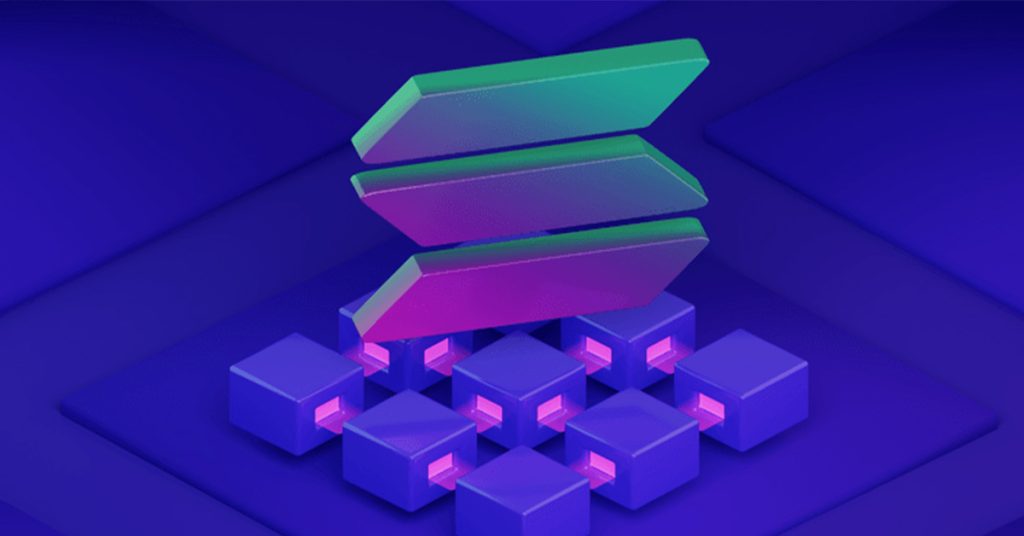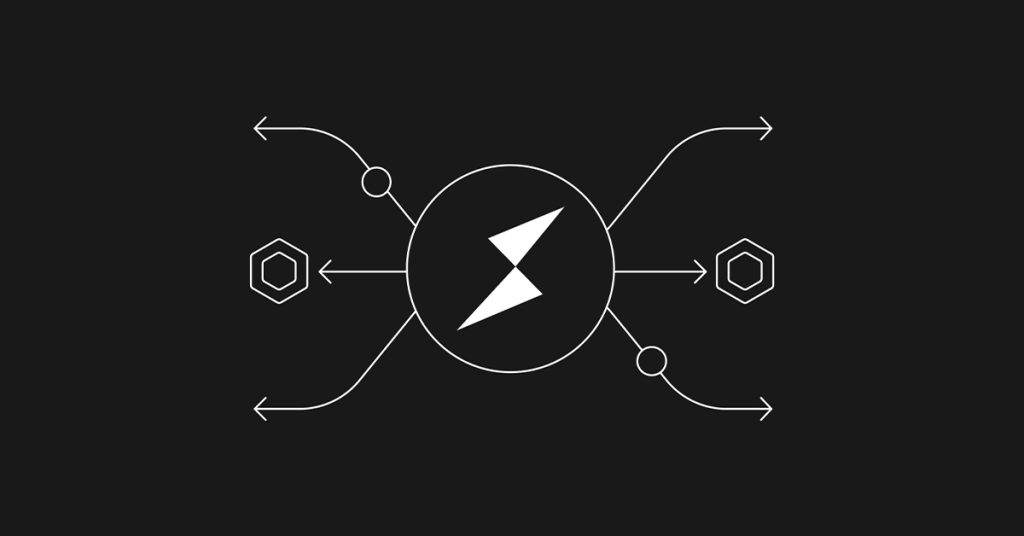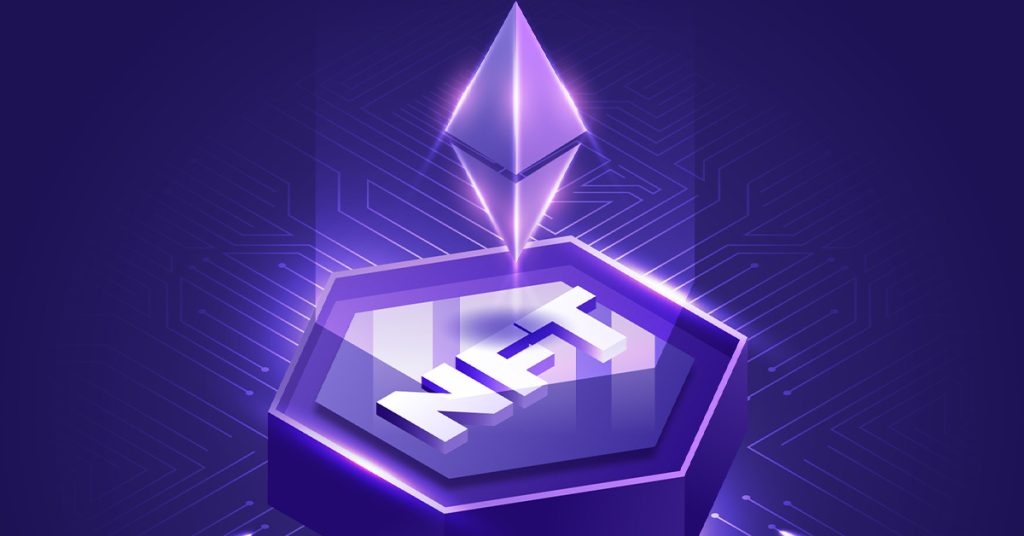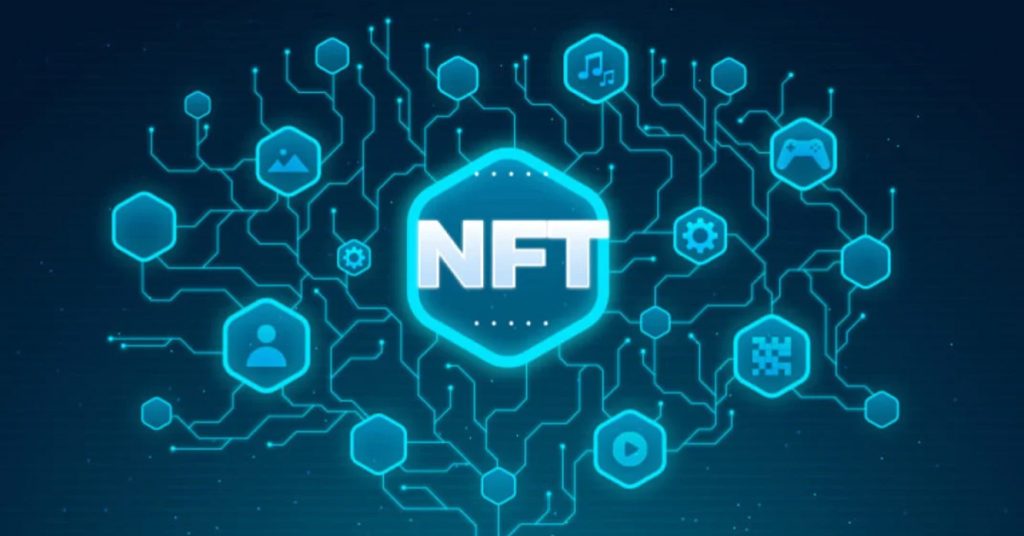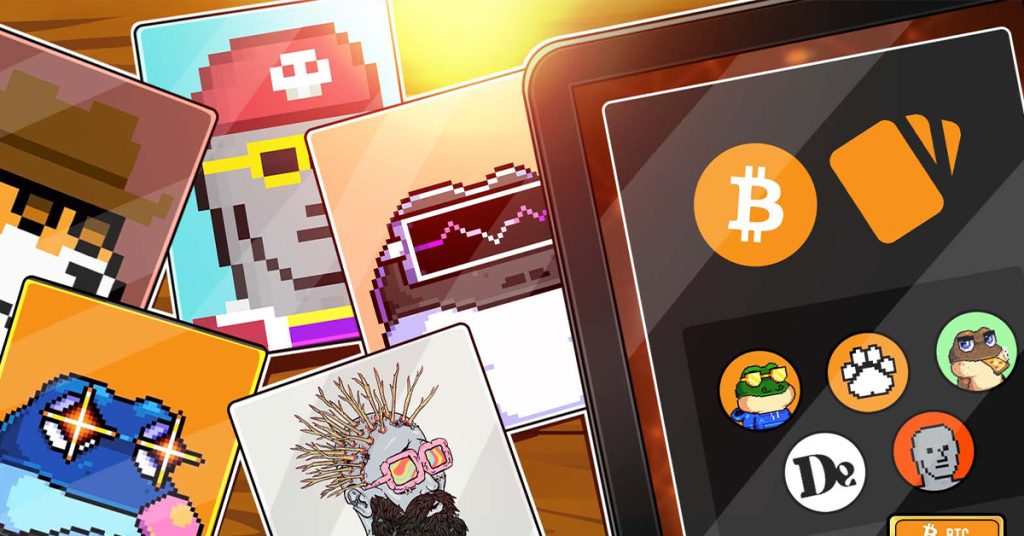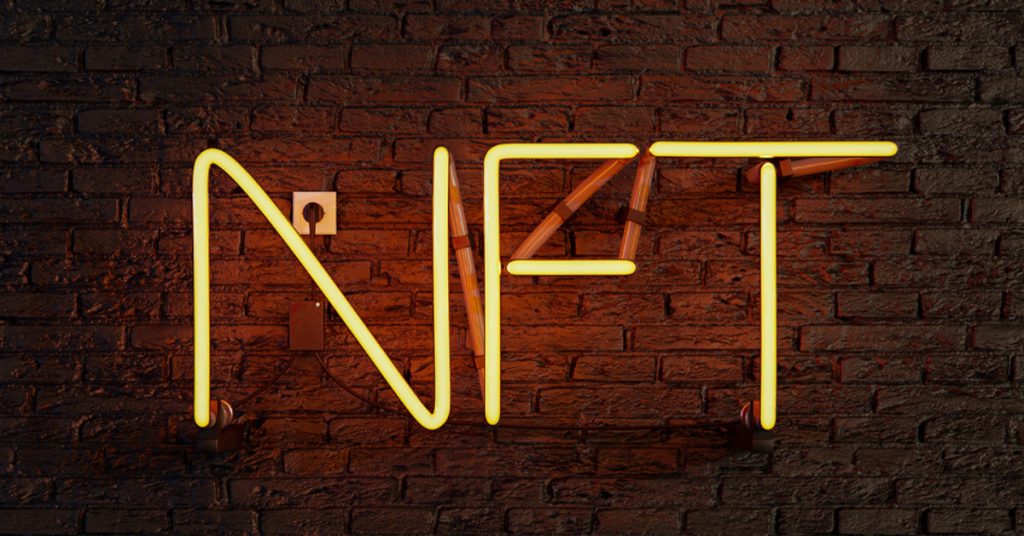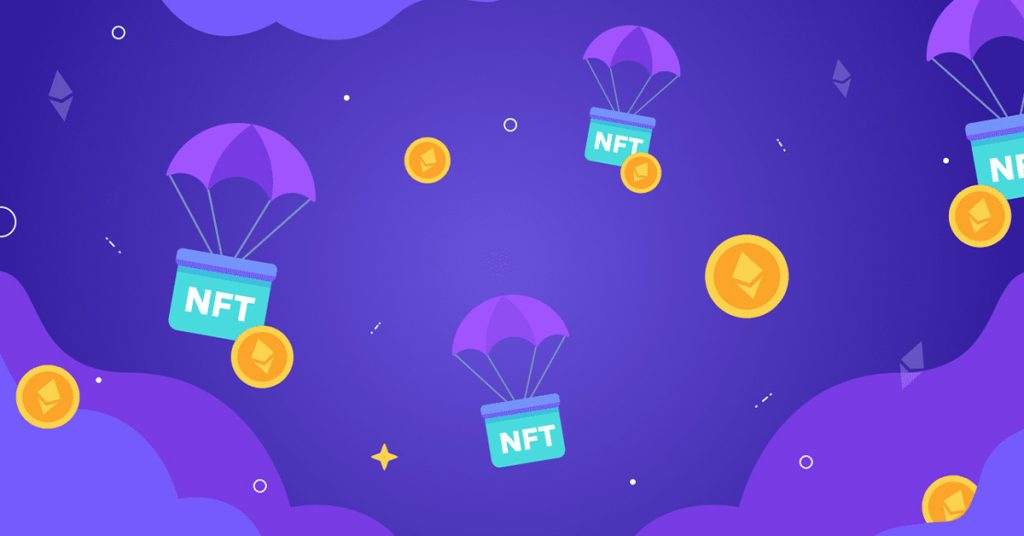Alternative Chain NFTs | Low Gas Fee NFTs

There’s a lot of anticipation in Ethereum circles for what’s known as the merge, which is when Ethereum will switch over from proof-of-work to proof-of-stake. However, that isn’t expected to happen until this June, and even then it’s not likely (or intended) to have an impact on gas fees. And for the average user, it’s gas fees that are the main sticking point right now.
What that means–if you want to trade NFTs but without the eye-watering transaction costs–is that you’ll need to look at alternative ways of doing business, and actually that’s fine, since there are multiple ways to avoid excessive fees.
Layer 2s with NFTs
A lot of people don’t want to jump the Ethereum ship altogether, in which case you can look at the many Layer 2 solutions. Without going into technical details and definitions, these are protocols that run alongside or on top of Ethereum, handling transactions at minimal cost but staying within the Ethereum network.
Polygon
Touted as a Layer 2 aggregator, Polygon–formerly known as Matic Network–is an incredibly ambitious platform. It can facilitate scaling solutions for Ethereum and, more widely, create an interoperable framework of Ethereum-compatible blockchains.
Recent data shows that while OpenSea’s overall monthly sales hit an all-time high in September 2021, Polygon sales on OpenSea reached their highest ever level in December, and look set to grow further this month.
Arbitrum and Optimism
Two effective, off-chain options to try out are Arbitrum and Optimism. Both work well, and the more people that utilize them, the better for everyone, as they’ll have greater levels of liquidity and trust.
The NFT Alliance is an Arbitrum-focused NFT and DeFi collective that brings everything together in one place.
Within the Optimism ecosystem, take a look at its largest NFT marketplace, Quixotic.
The best way to assess these solutions is to dive in and start playing around without worrying too much about everything that’s going on from a technical standpoint (which can be complex and take you down endless rabbit-holes). This is not to say you should be careless, but ultimately, what matters is utility and ease of use, and these Layer 2s are both solid, working products.
Immutable X
Gaming-oriented, well-packaged, and with tie-ups to VeVe and TikTok, it would be surprising if Immutable X didn’t see significant growth this year. It has a direct fiat on-ramp, making it easy for new users to get started with, and also providing a way for current ETH holders–if they want to avoid any gas fees at all–to avoid having to move ETH around.
All in all, the environment around Level 2s is chaotic and fast-moving, with many competing solutions being built out. Some other significant projects to take note of are Metis, zkSync, and Loopring.
Layer 1s with NFTs
Alternatively, you may not care in the slightest about remaining loyal to Ethereum, in which case there are multiple Layer 1s that have their own thriving NFT communities and require only negligible transaction costs. By Layer 1, what’s meant is that these are entirely separate blockchains, and are unrelated to Ethereum.
Cardano
The Cardano NFT world has been simmering along for almost a year now, but received increased attention lately. This has pushed up prices on some collections, although not to the levels seen on Ethereum.
For comparison, the premier blue chip collection on Cardano, called SpaceBudz, currently has a floor of around 5,000 ADA. That’s about 2.35 ETH, which is way off what you’d pay for a BAYC or a CryptoPunk.
The entire Cardano ecosystem could be on the cusp of dynamic times, with a multitude of dApps set to launch. At the very least, it will be interesting to see how things play out. For a more in depth look at NFT collections hosted on Cardano, check out Top 6 Cardano NFTs.
Solana
The Solana blockchain has its own extremely buoyant NFT ecosystem, growing all the time and with a good number of high quality projects. And, as with Cardano, you don’t need to worry about gas fees.
There’s a lot of crypto debate around the topic of VC funding and true decentralization, and the general idea is that Cardano is more decentralized and community-built, while Solana is–arguably–not sufficiently decentralized and is primarily VC-driven.
Whether or not this matters to users depends on their individual priorities and time frames. On the one hand, decentralization is core to the purpose of crypto, but on the other, you could argue that a less decentralized, but efficient product can (theoretically) be further decentralized over time.
Fantom
This Ethereum competitor doesn’t yet have as high a profile as Cardano or Solana, but has stood out since the middle of December by making gains while the wider crypto market didn’t do much at all. If NFTs and DeFi continue to expand with the momentum they (particularly NFTs) had in 2021, then Fantom could be well-positioned to establish its gas-free credentials.
There’s an NFT marketplace, Artion, but it remains to be seen whether Fantom will become more active as an NFT platform.
Other Layer 1s
The other big Layer 1s to keep track of are Binance Smart Chain, Tezos, Terra, Polkadot, and the entire Cosmos ecosystem, which aims to be, in its own words, “the internet of blockchains”.
Of these, BSC looks especially stable, not least due to the advantage it has through being a part of the Binance platform and, well, having Binance in its name.
Conclusion
It’s only really in the past year that NFTs have become big news, in the process bringing new people into crypto and changing perceptions about what can be done with blockchain technology.
Ethereum has been at the core of this very early period, but it makes sense that the next phase in NFTs will see growing competition from new players. Layer 2s are key, but at the same time, there’s no reason to assume for certain that Ethereum will continue to dominate, or at least not to the extent that it has so far.

